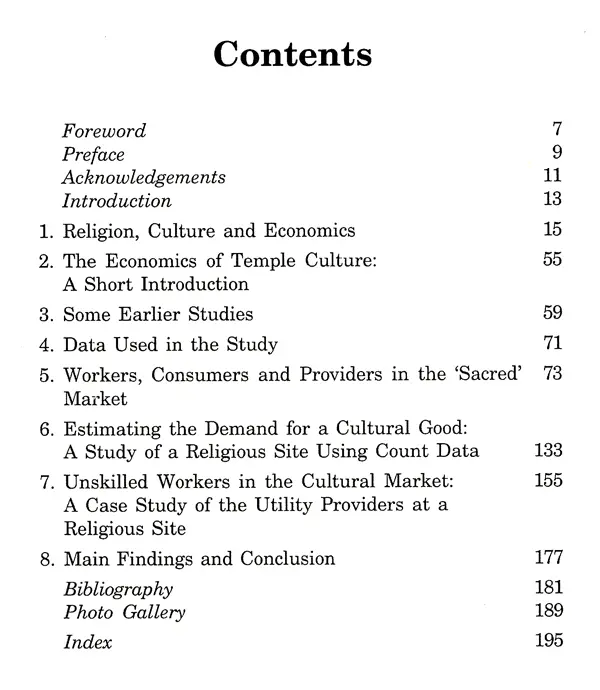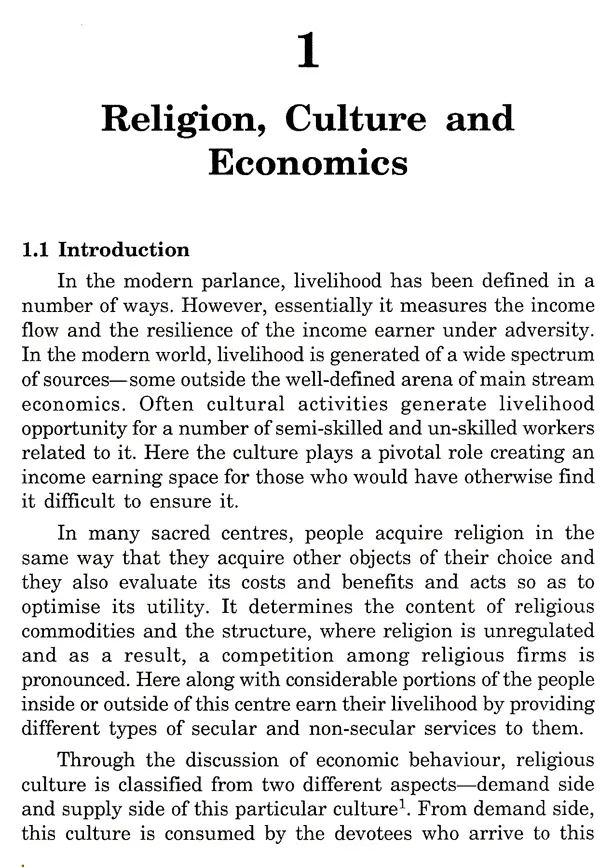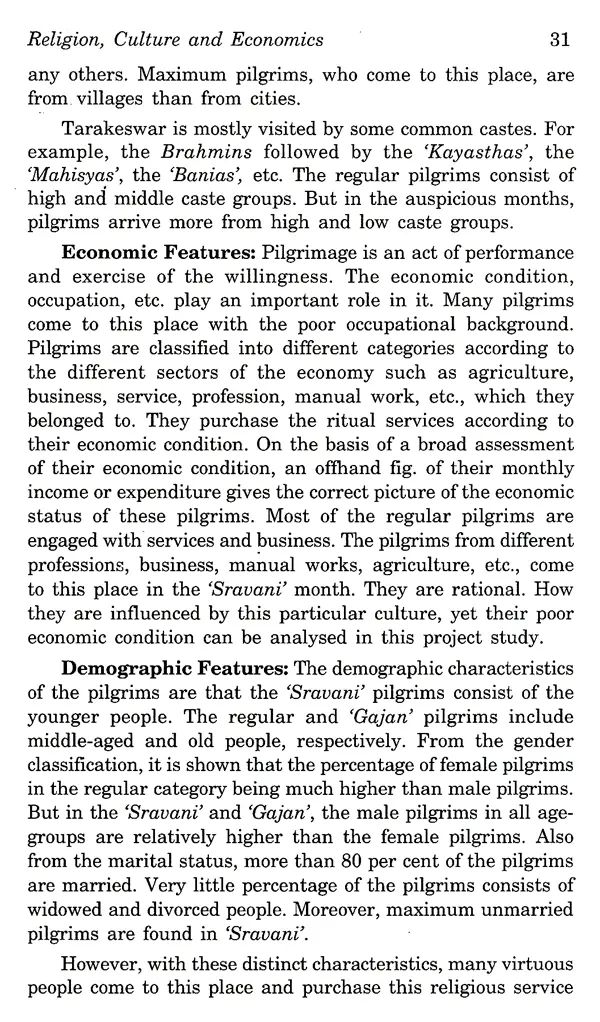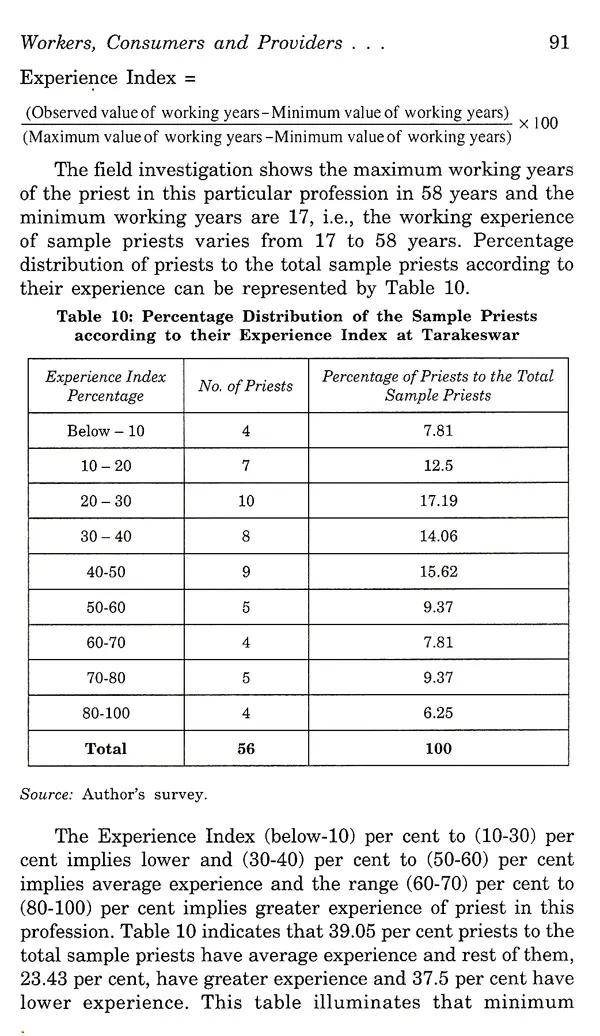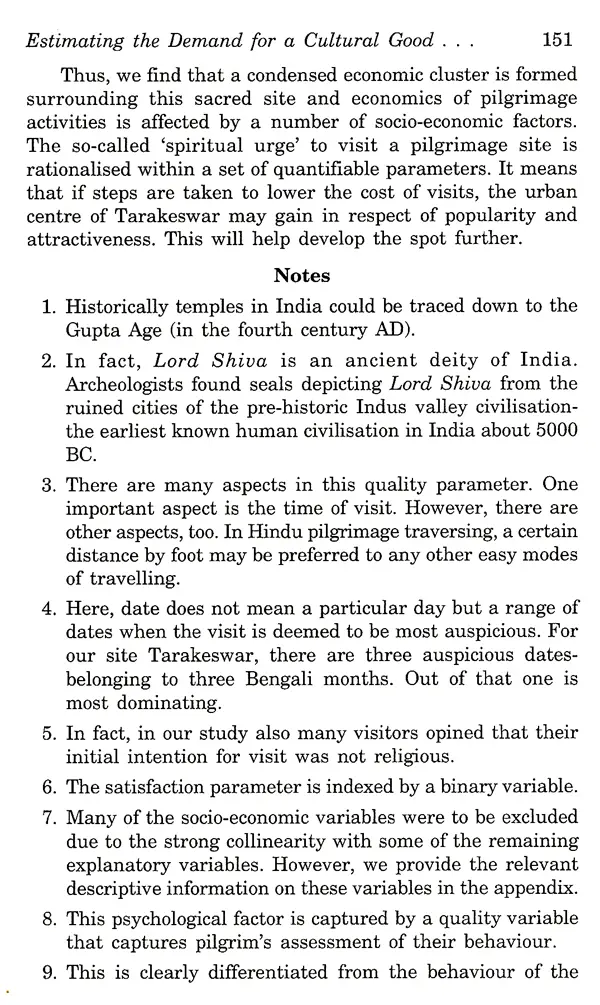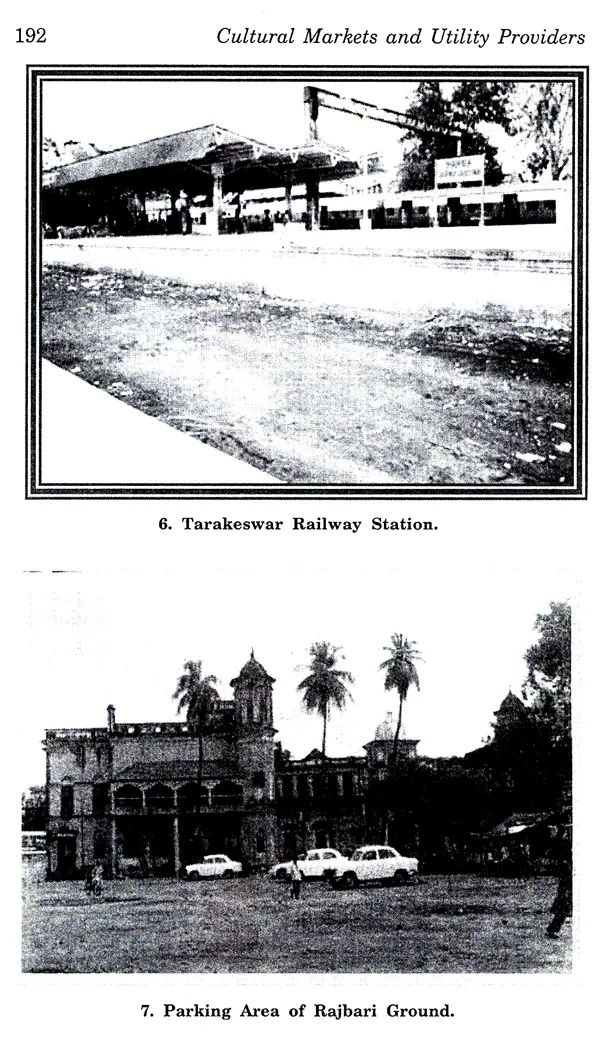
Cultural Markets and Utility Providers: A Study of a Religious Site in India
Book Specification
| Item Code: | UAM915 |
| Author: | Atanu Sengupta & Krishanu nath |
| Publisher: | Kalpaz Publications |
| Language: | English |
| Edition: | 2015 |
| ISBN: | 9789351280569 |
| Pages: | 204 |
| Cover: | HARDCOVER |
| Other Details | 8.90 X 5.90 inch |
| Weight | 360 gm |
Book Description
Krishanu Nath: M. Sc., Ph. D from University of Burdwan Burdwan, India. He taught as a guest lecturer at Vivekananda Mahavidyalaya, Haripal, West Bengal from 2001 to 2010. Presently, he is teaching as an Assistant Teacher in Shyampur High School, West Bengal, He has published about three papers in various refereed national and international journals. He also published one book. He has been engaged with the Sarvya Shiksha Mission, West Bengal He has taken training on an Orientation Course from "Centre for Cultural Resources and Training" Government of India, New Delhi. His areas of interests are in Econometrics, Financial Economics, Development Economics and Microeconomics.
In many sacred centres, people acquire religion in the same way as they acquire other objects of their choice and they also evaluate its costs and benefits and acts so as to optimize its utility. It determines the content of religious commodities and the structure, where religion is unregulated and as a result, a competition among religious firms is pronounced. Here along with considerable portions of the people inside or outside of this centre earn their livelihood by providing different types of secular and non-secular services to them.
In our study, we have selected Tarakeswar-a Hindu pilgrimage site in West Bengal, India-for analysing the socio economic pattern and nature of local hospitality provider is allied with the religious culture. Economic pattern of this sacred centre depends upon the occupational structure, standard of living of the inhabitants of the town, social economic infrastructural conditions, etc. The occupational profile reflects that at Tarakeswer, too, a substantial portion of population earns their livelihood from the temple as well as from the pilgrims and also the nature and extent of dependency vary from one group to the other.
**Contents and Sample Pages**
